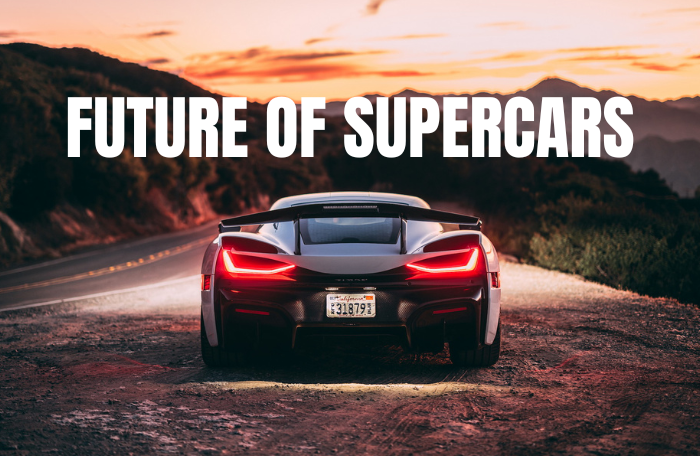The supercar market is one of the most exciting and fast-paced in the automotive industry. With each new model year, manufacturers are pushing the boundaries of performance and design. But what does the future hold for supercars?
There are two major trends that are shaping the future of supercars: electrification and autonomy.
Electrification
Electric supercars are already here, and they are quickly becoming more powerful and efficient. The Rimac Nevera, for example, can accelerate from 0 to 60 mph in just 1.85 seconds and has a top speed of 258 mph. And that’s just the beginning. As battery technology continues to improve, electric supercars will become even faster and more capable.
In addition to performance, electrification also offers a number of other advantages for supercars. Electric cars are much quieter than gasoline-powered cars, which could make them more appealing to buyers who want a more discreet driving experience. They are also much cleaner, which could help to make supercars more environmentally friendly.
Autonomy
Autonomous driving technology is still in its early stages, but it has the potential to revolutionize the supercar market. Imagine a supercar that can drive itself on the highway at top speed, or that can take you on a thrilling lap of the racetrack without you having to lift a finger. Autonomous supercars could offer a new level of driving excitement and convenience.
Of course, there are also some challenges that need to be addressed before autonomous supercars become a reality. One challenge is the cost of the technology. Autonomous driving systems are currently very expensive, which could make them out of reach for many supercar buyers. Another challenge is the legal landscape. In many countries, there are still regulatory hurdles that need to be cleared before autonomous cars can be approved for public roads.
Despite these challenges, the future of supercars is likely to be electric and autonomous. As battery technology improves and autonomous driving technology becomes more affordable and widespread, we can expect to see a new generation of supercars that are even faster, cleaner, and more exciting than anything we have seen before.
Here are some of the ways that electric and autonomous technology could shape the future of supercars:
- Increased performance: Electric motors can produce instant torque, which gives electric supercars incredible acceleration. This could lead to new lap records and even faster top speeds.
- Improved efficiency: Electric cars are much more efficient than gasoline-powered cars, which means that they can travel further on a single charge. This could make supercars more practical for everyday use.
- Reduced emissions: Electric cars produce zero emissions, which could make them more environmentally friendly. This could appeal to buyers who are concerned about the environmental impact of their cars.
- Increased safety: Autonomous driving technology could make supercars safer by reducing the risk of accidents. This could make them more appealing to buyers who are looking for a reliable and safe car.
Overall, the future of supercars looks bright. Electric and autonomous technology has the potential to make supercars even faster, cleaner, and more efficient. This could lead to a new generation of supercars that are even more exciting and desirable than anything we have seen before.


